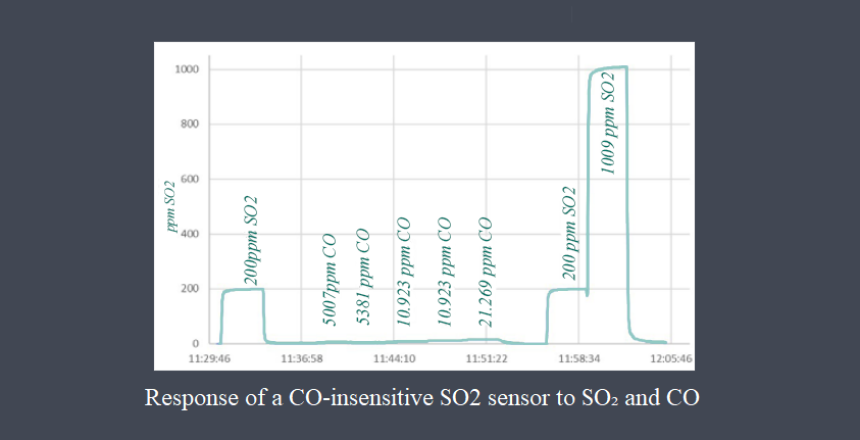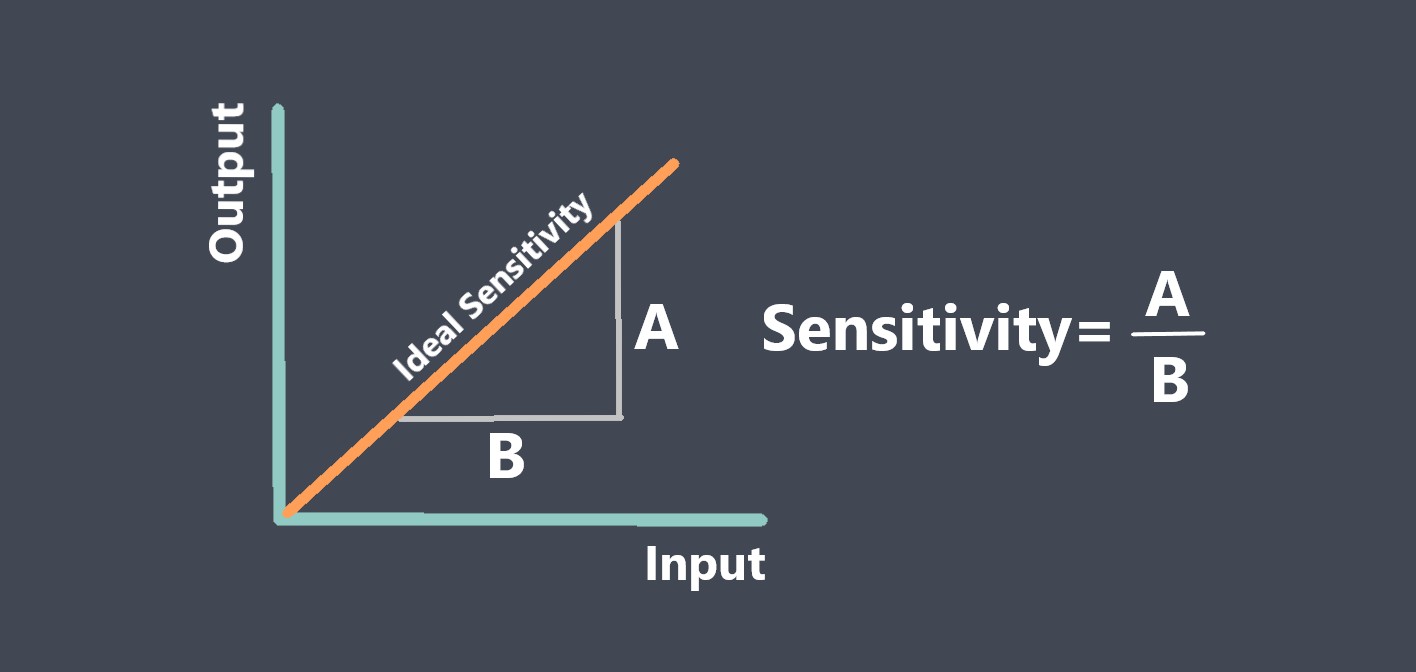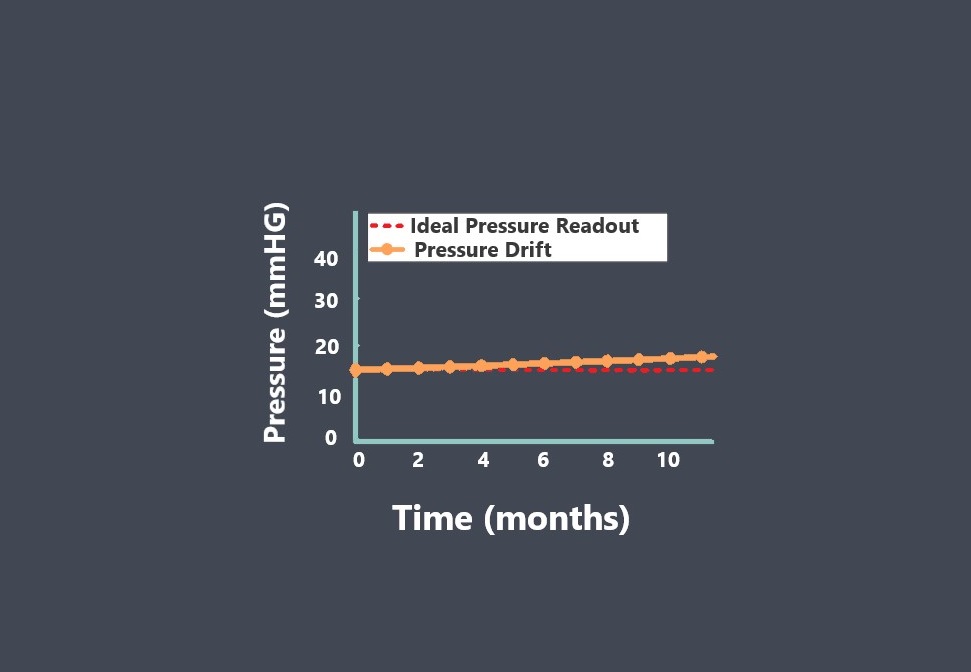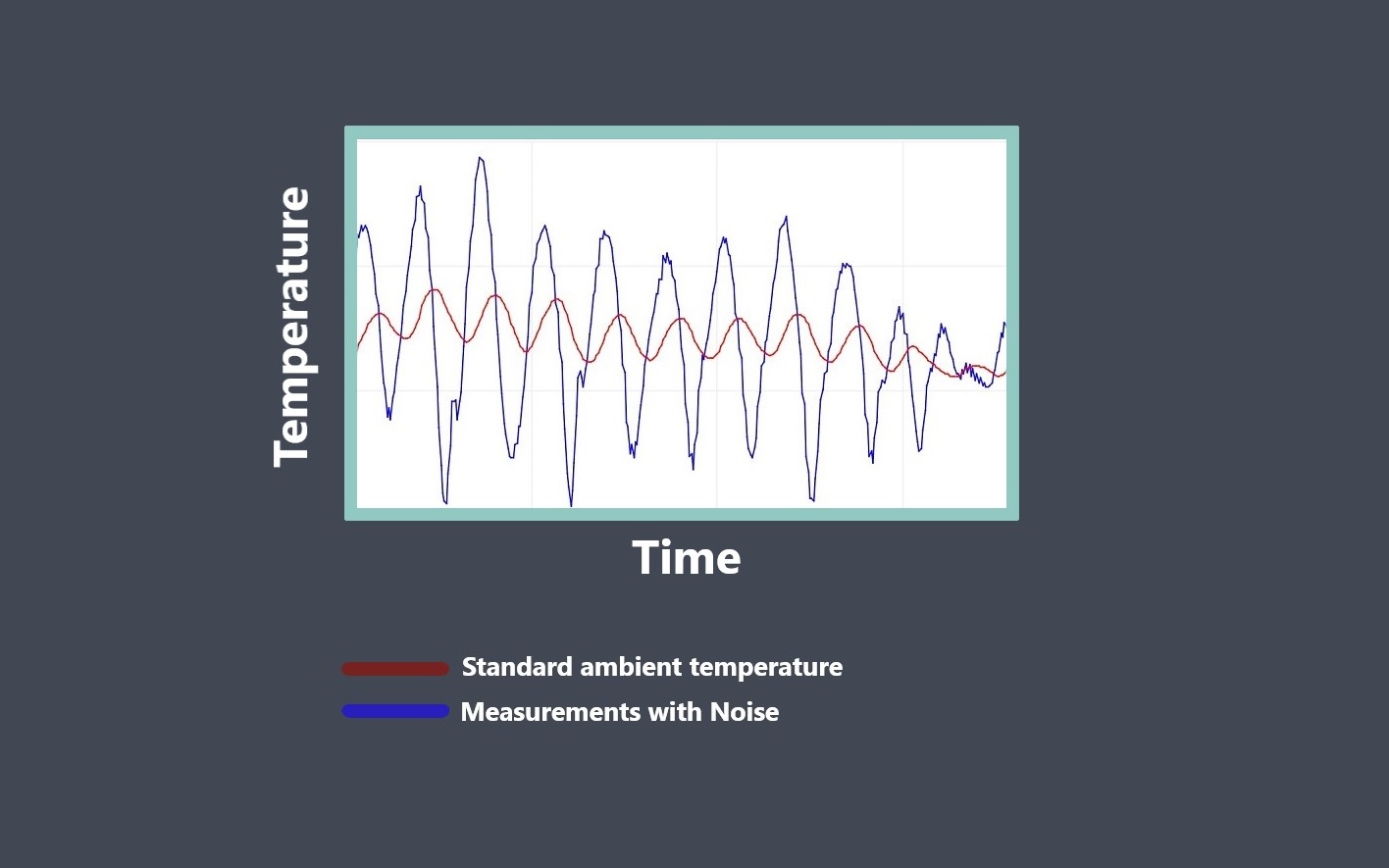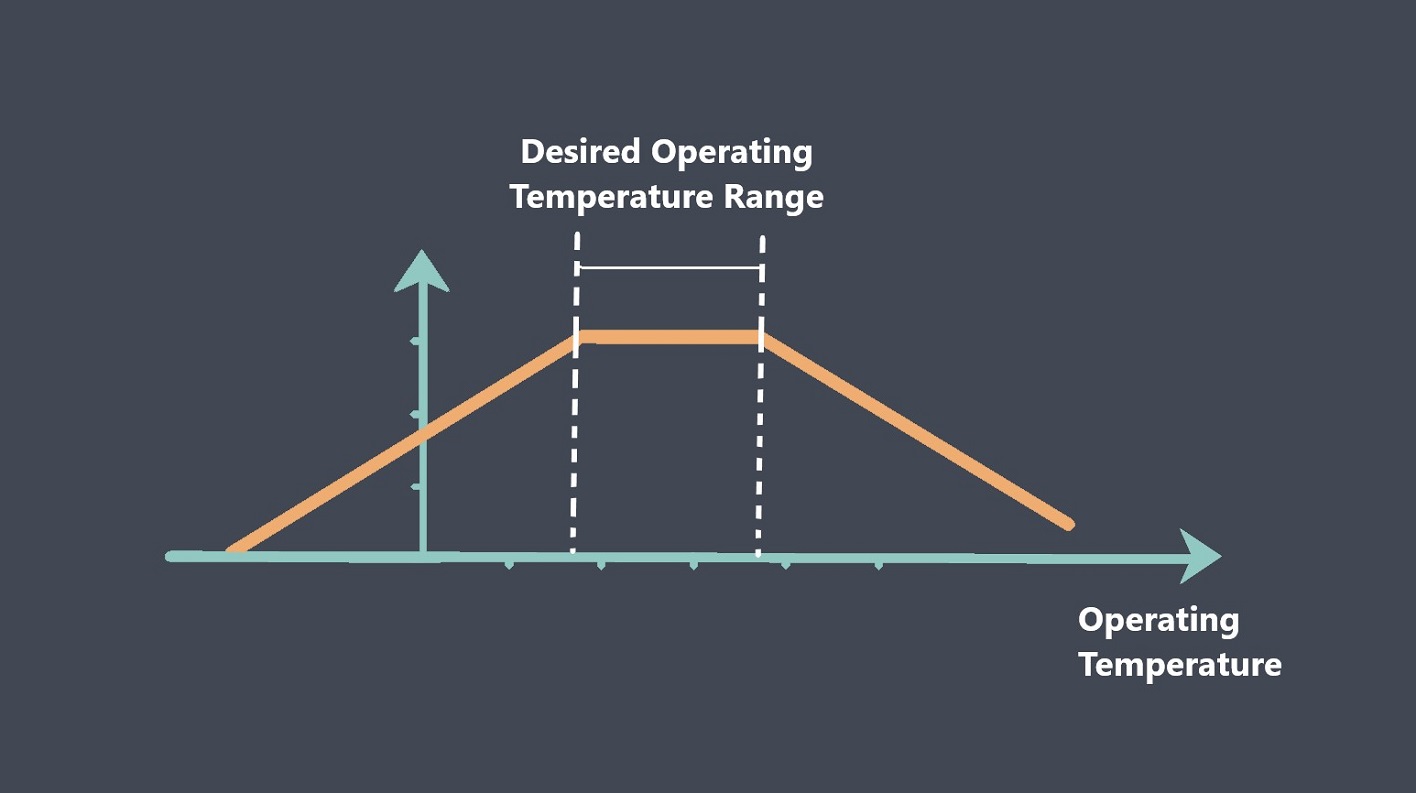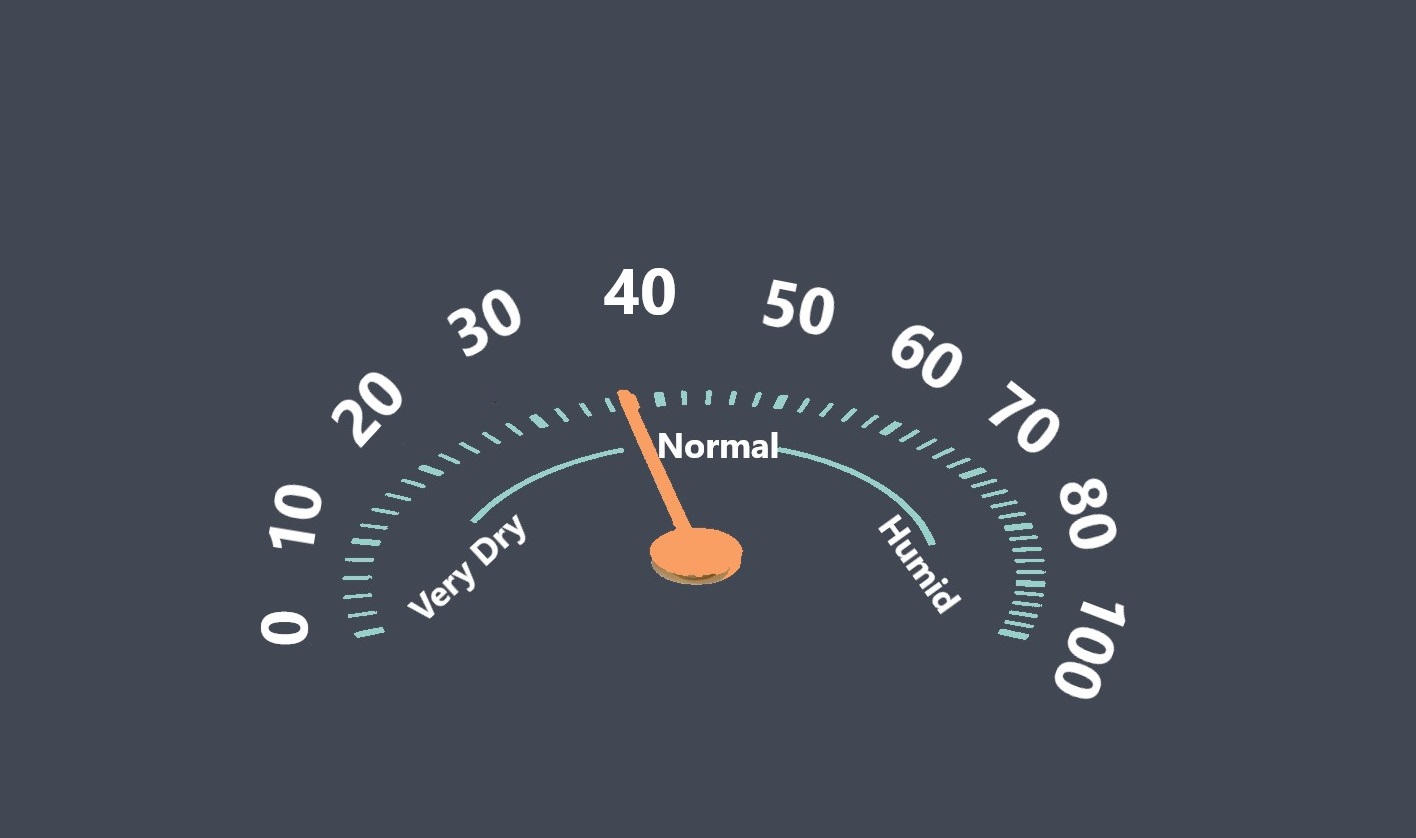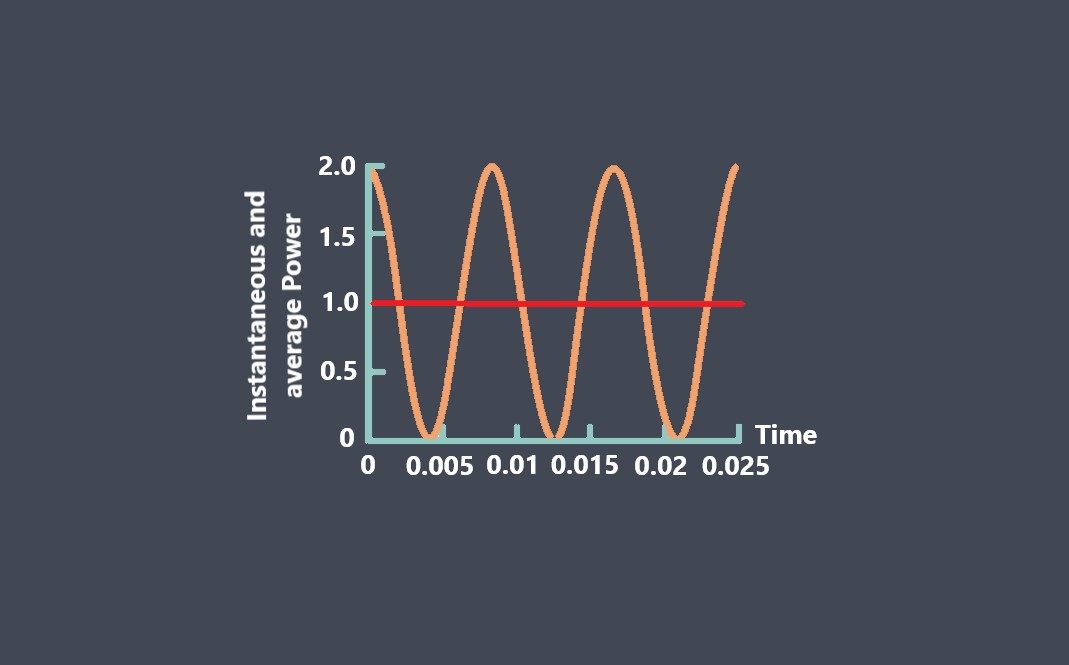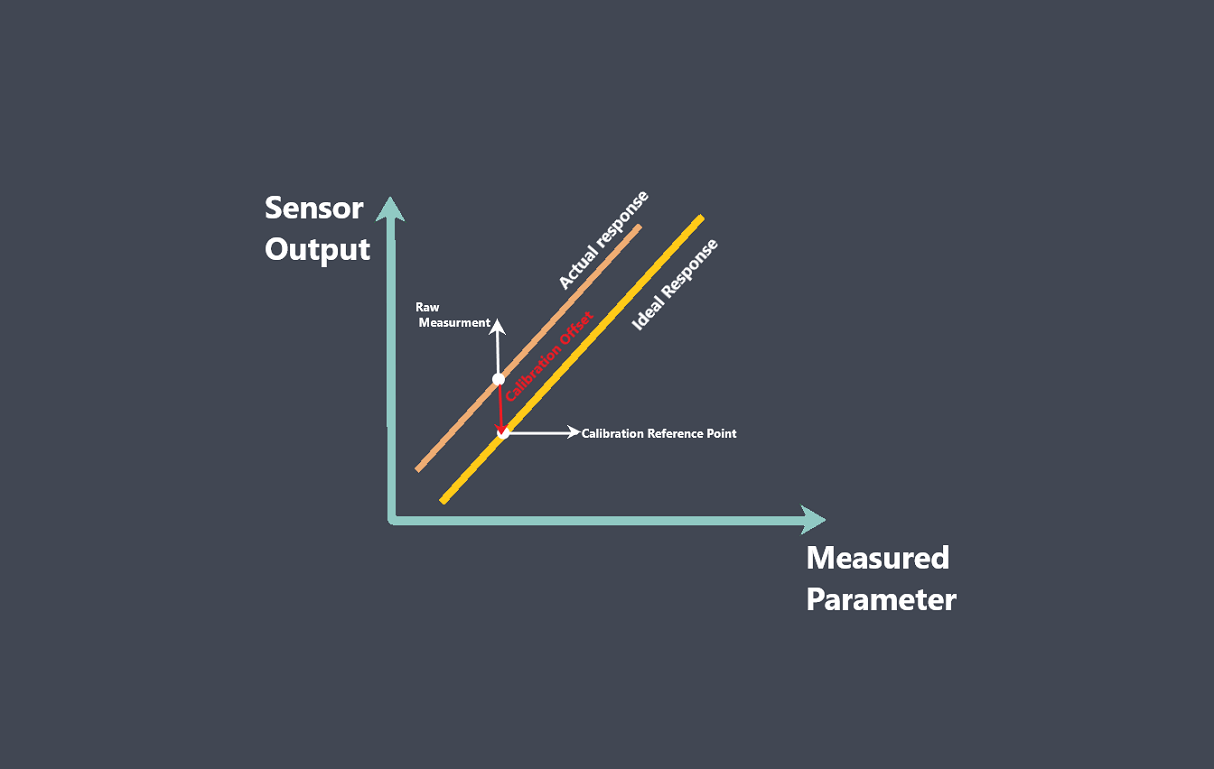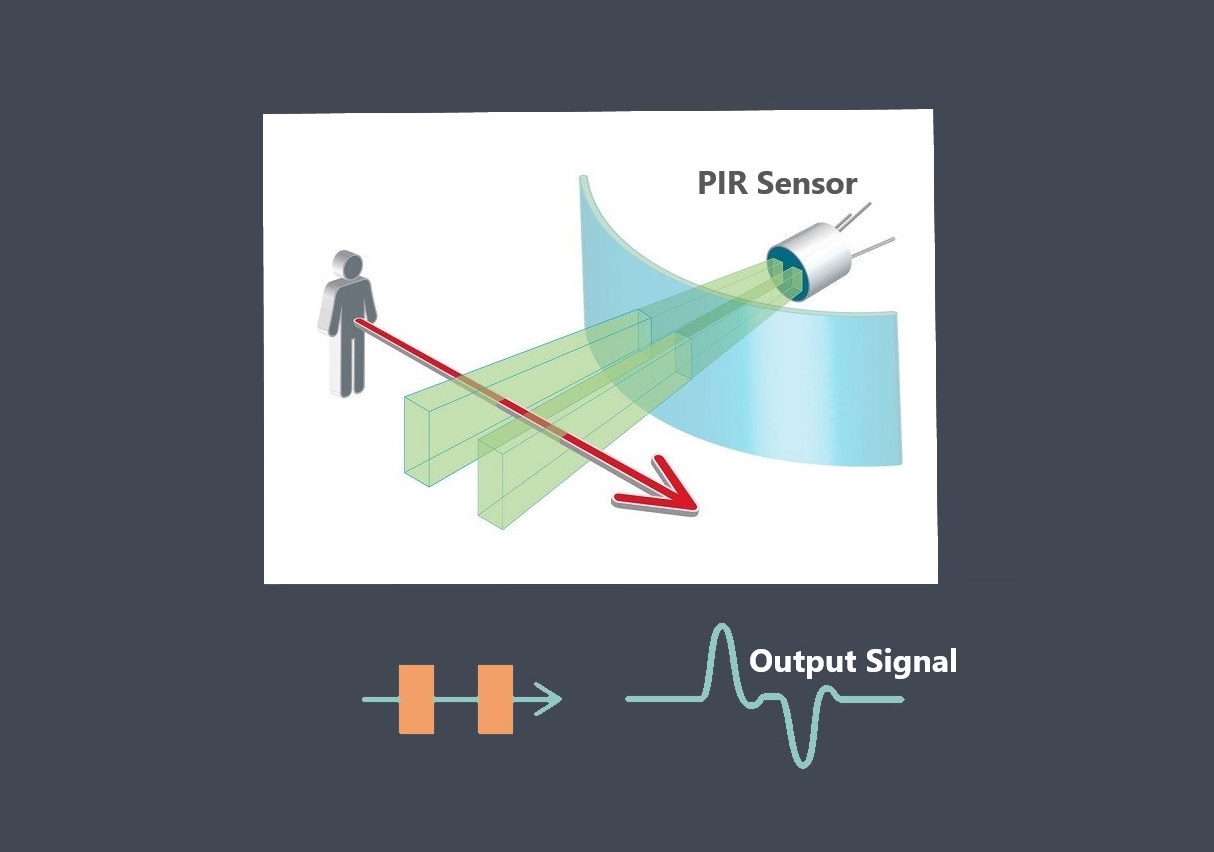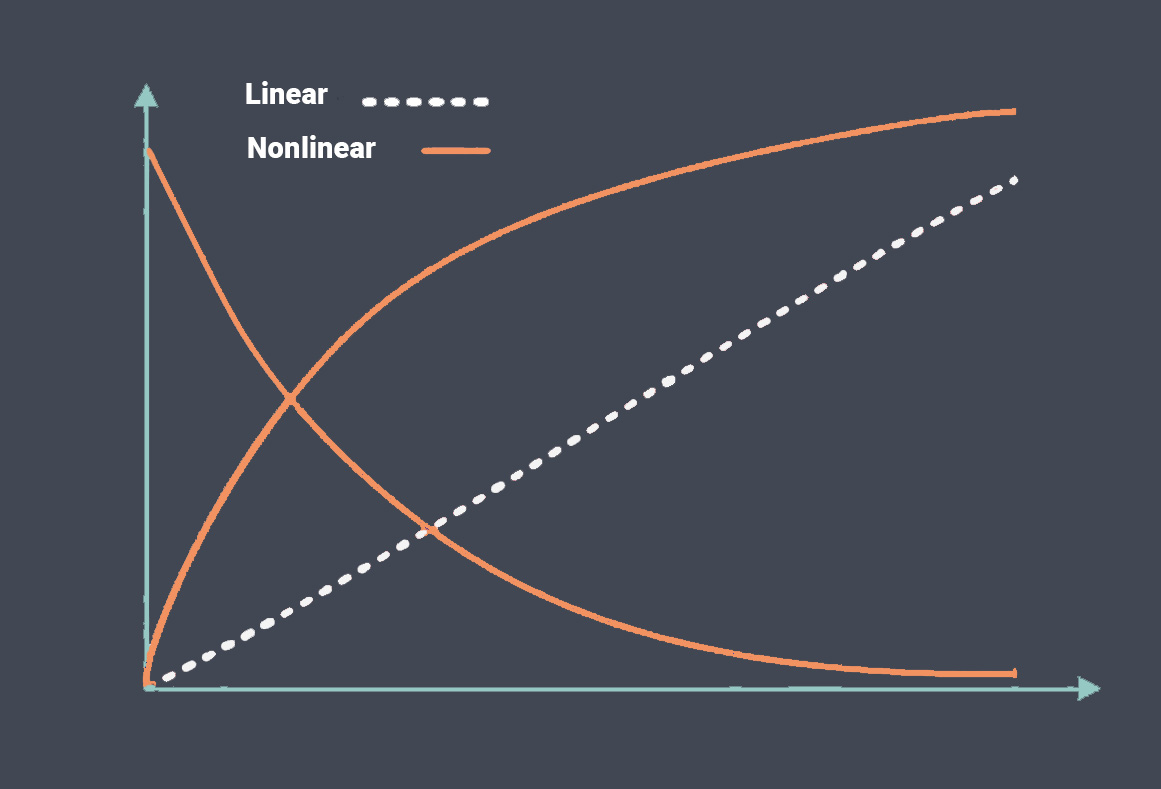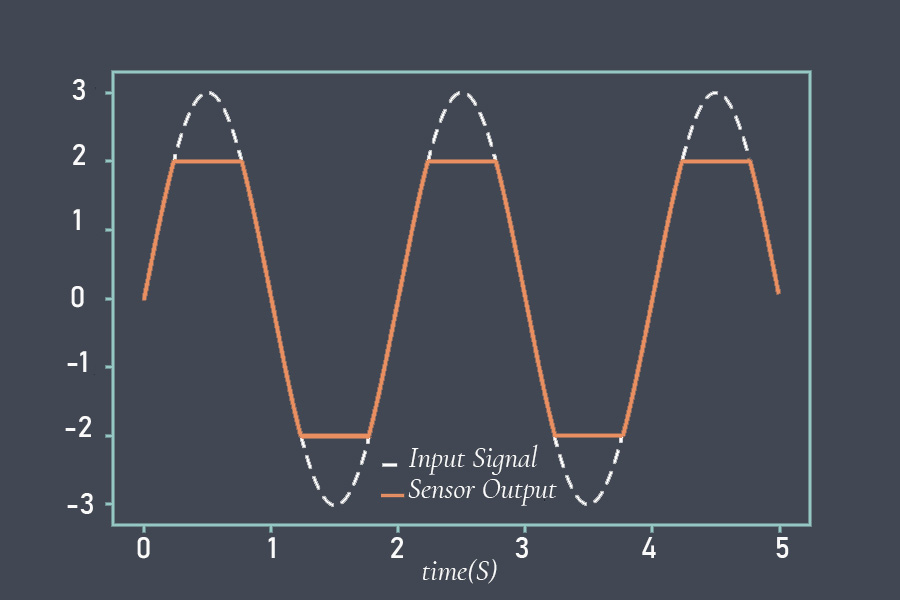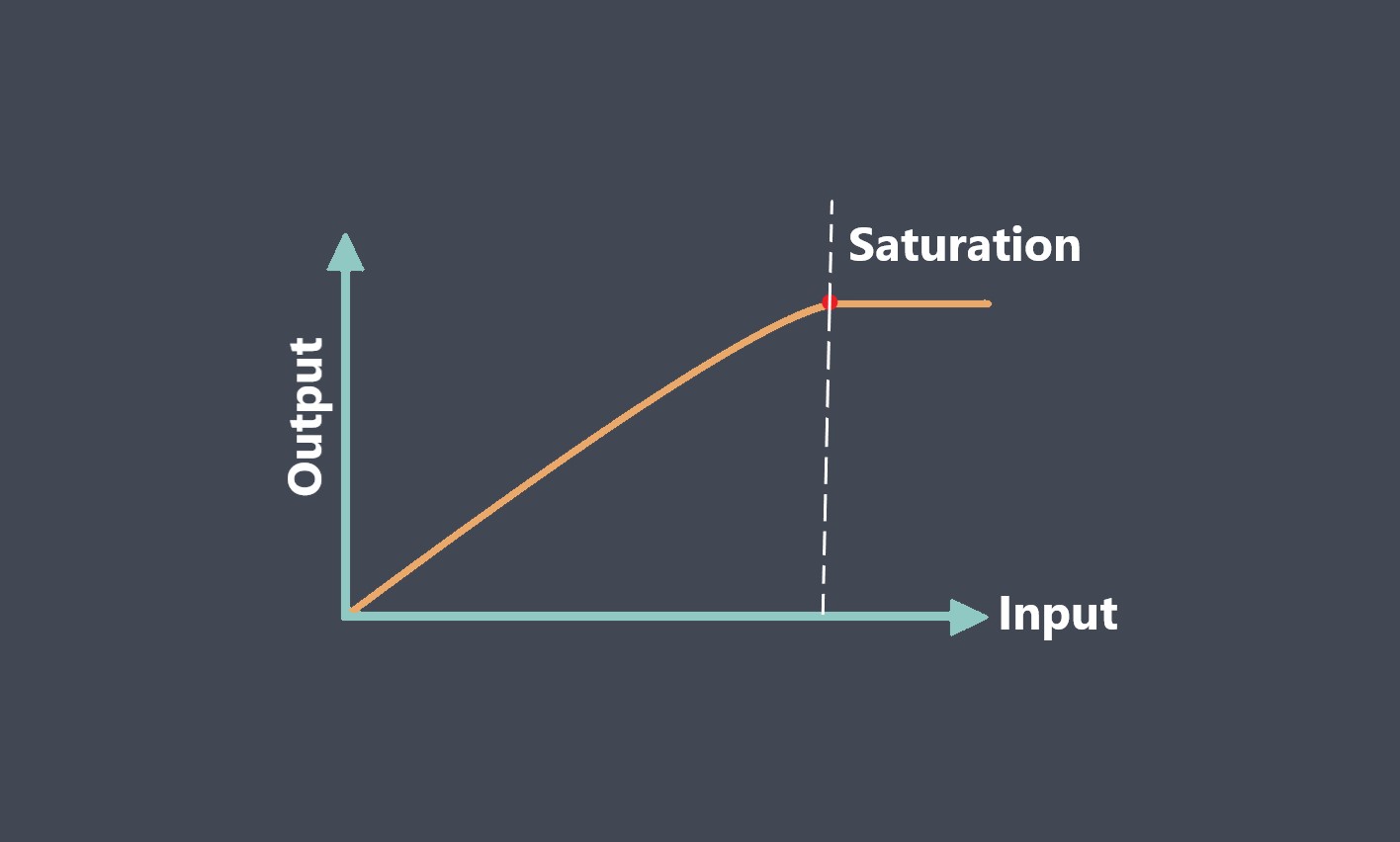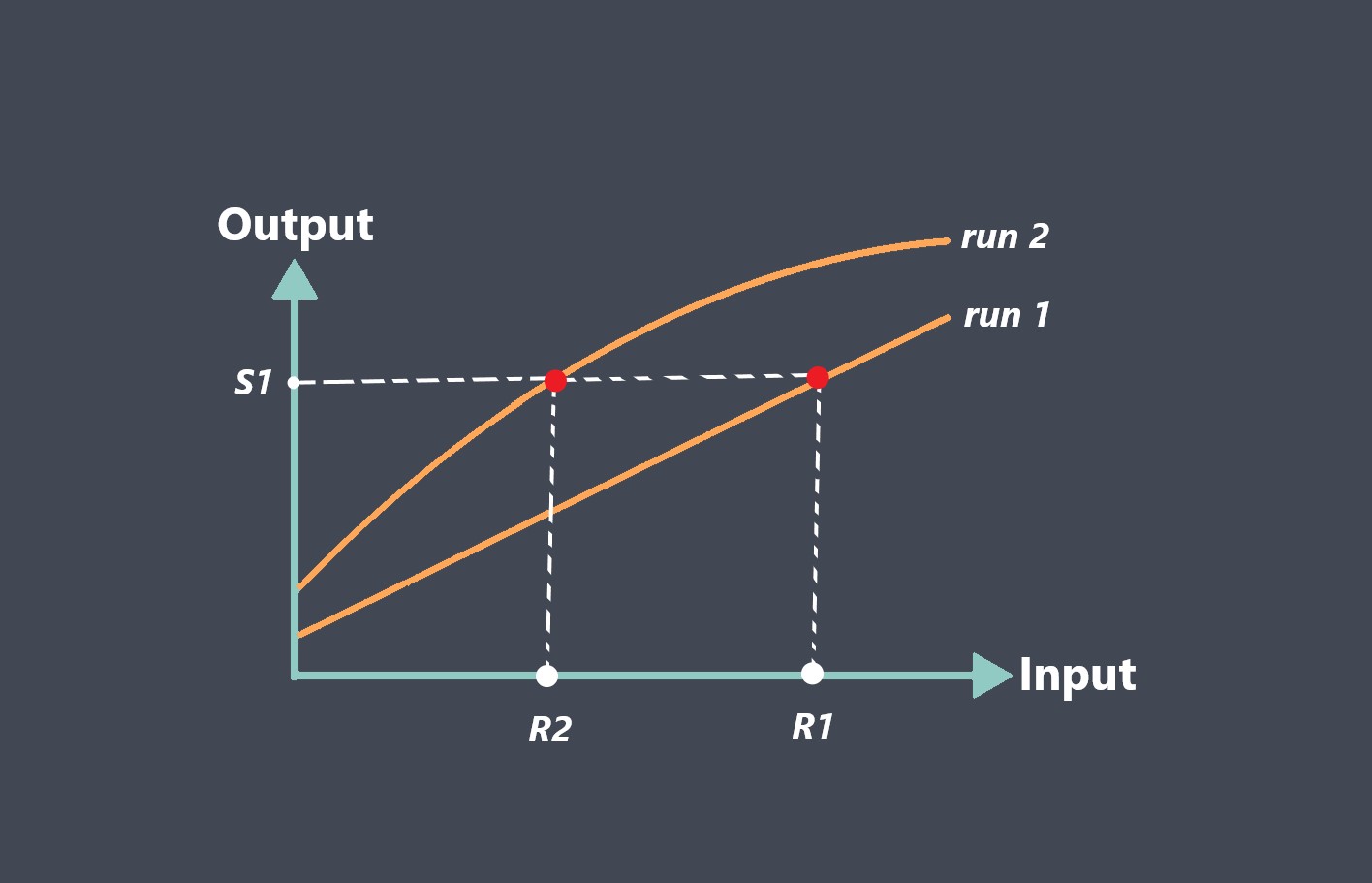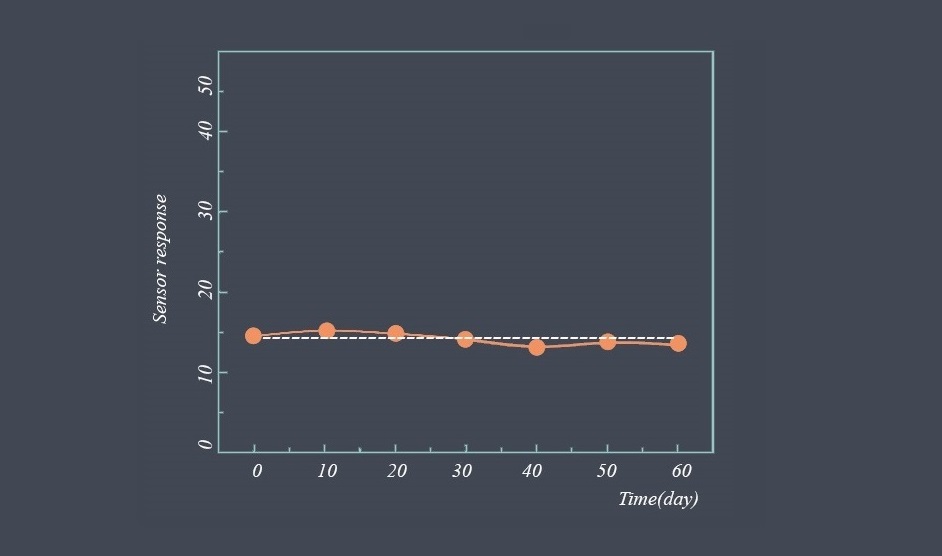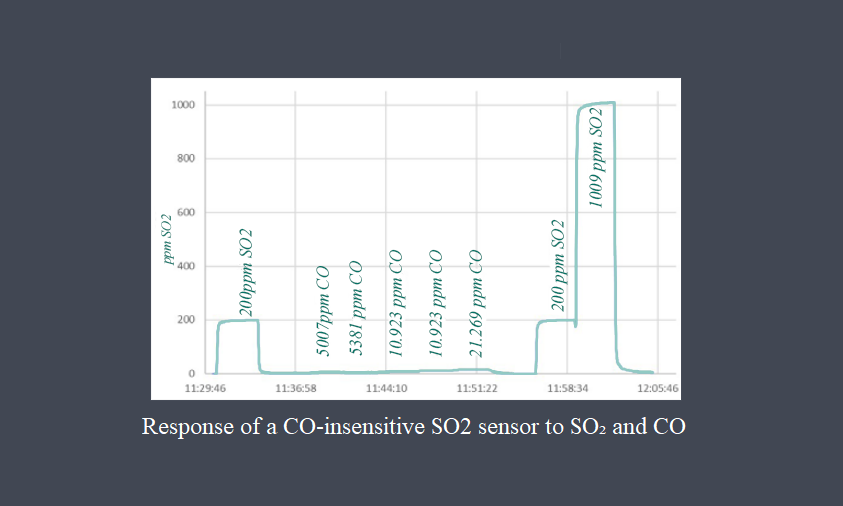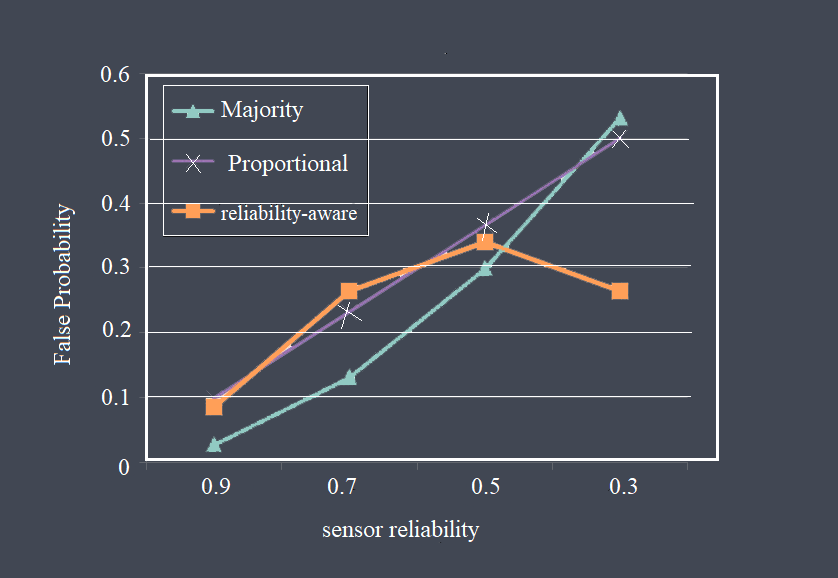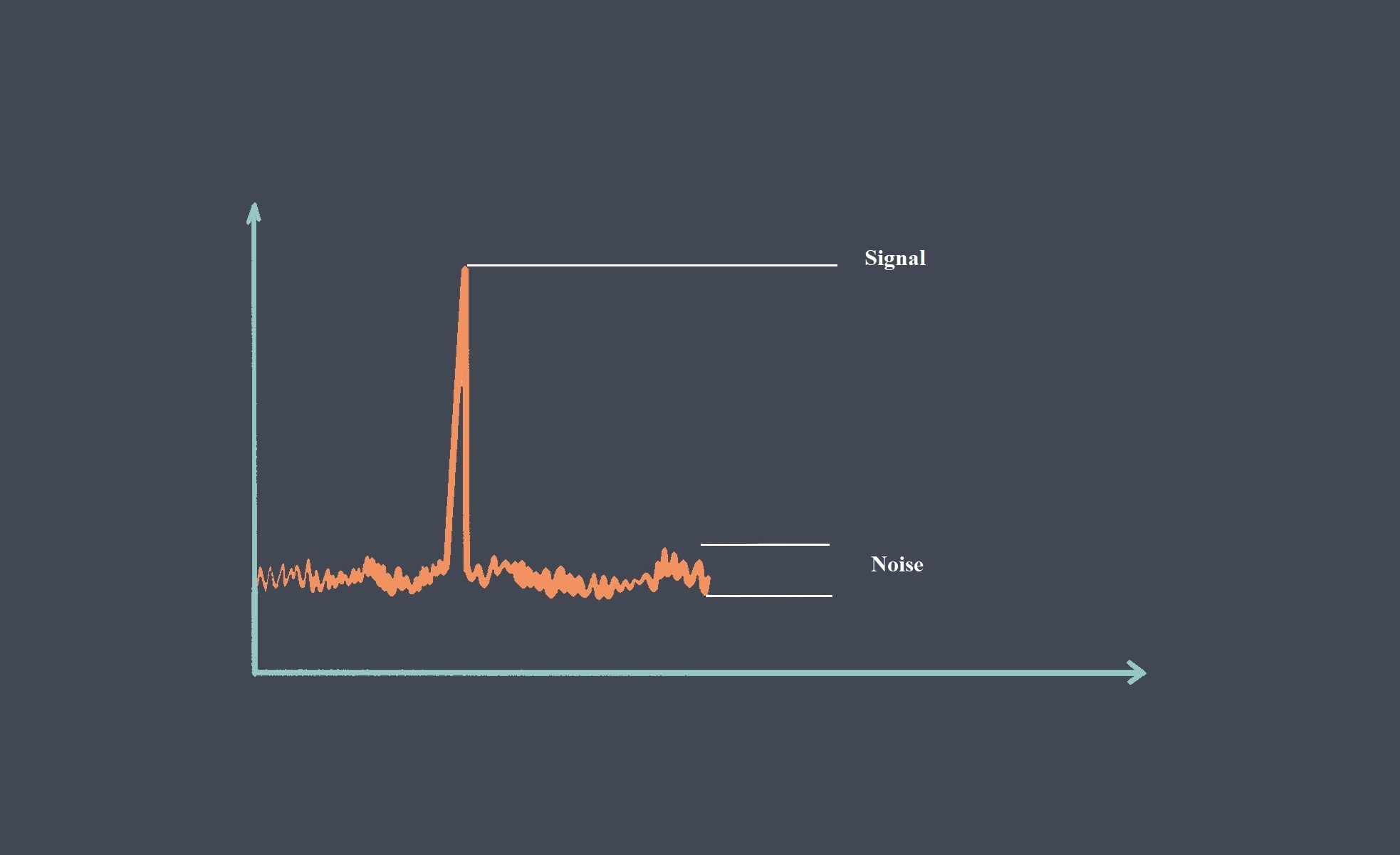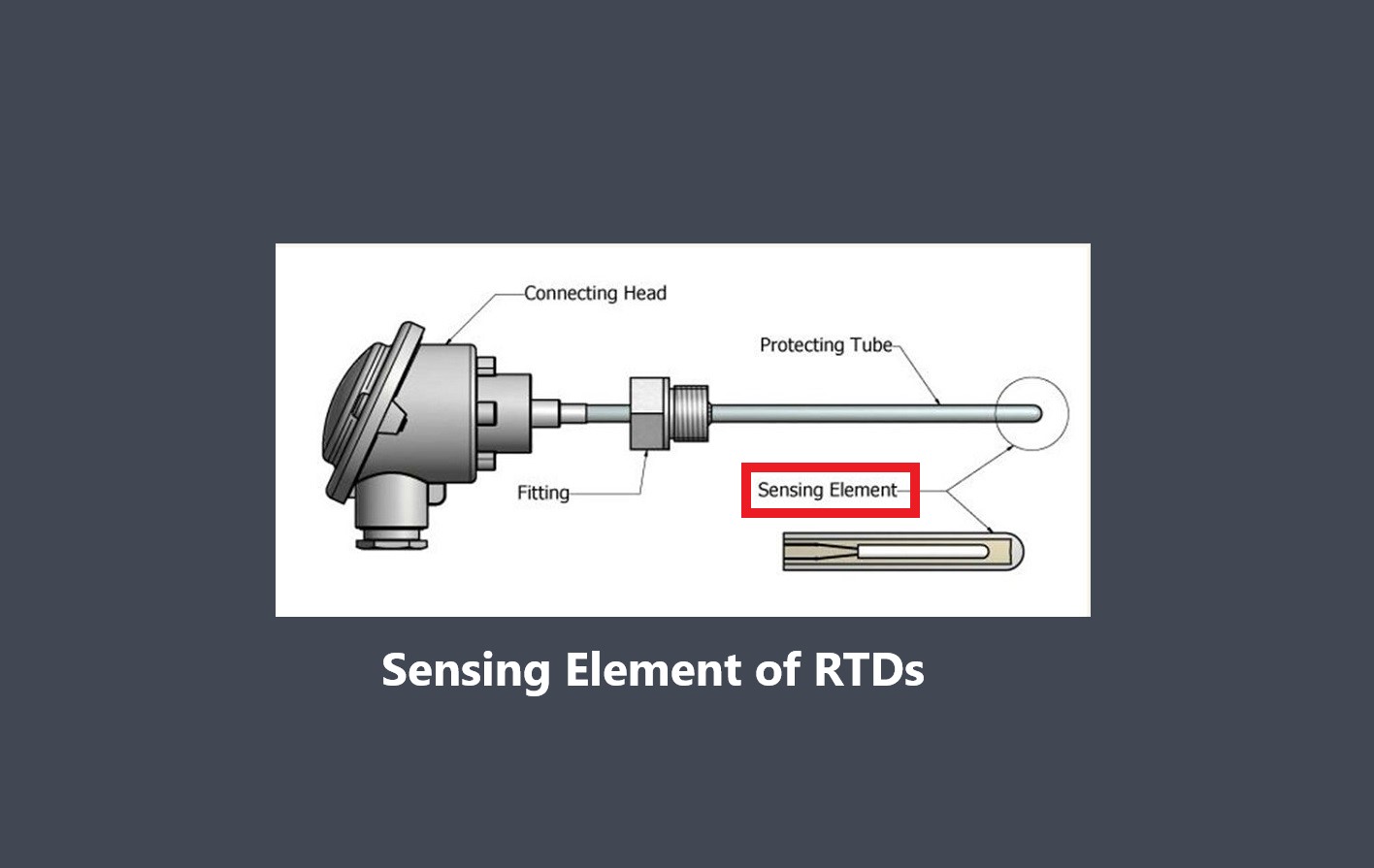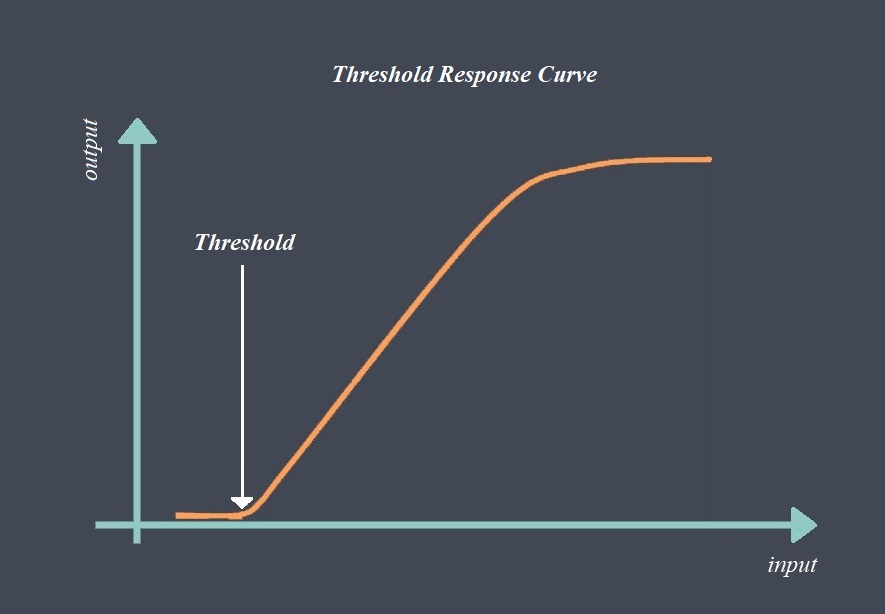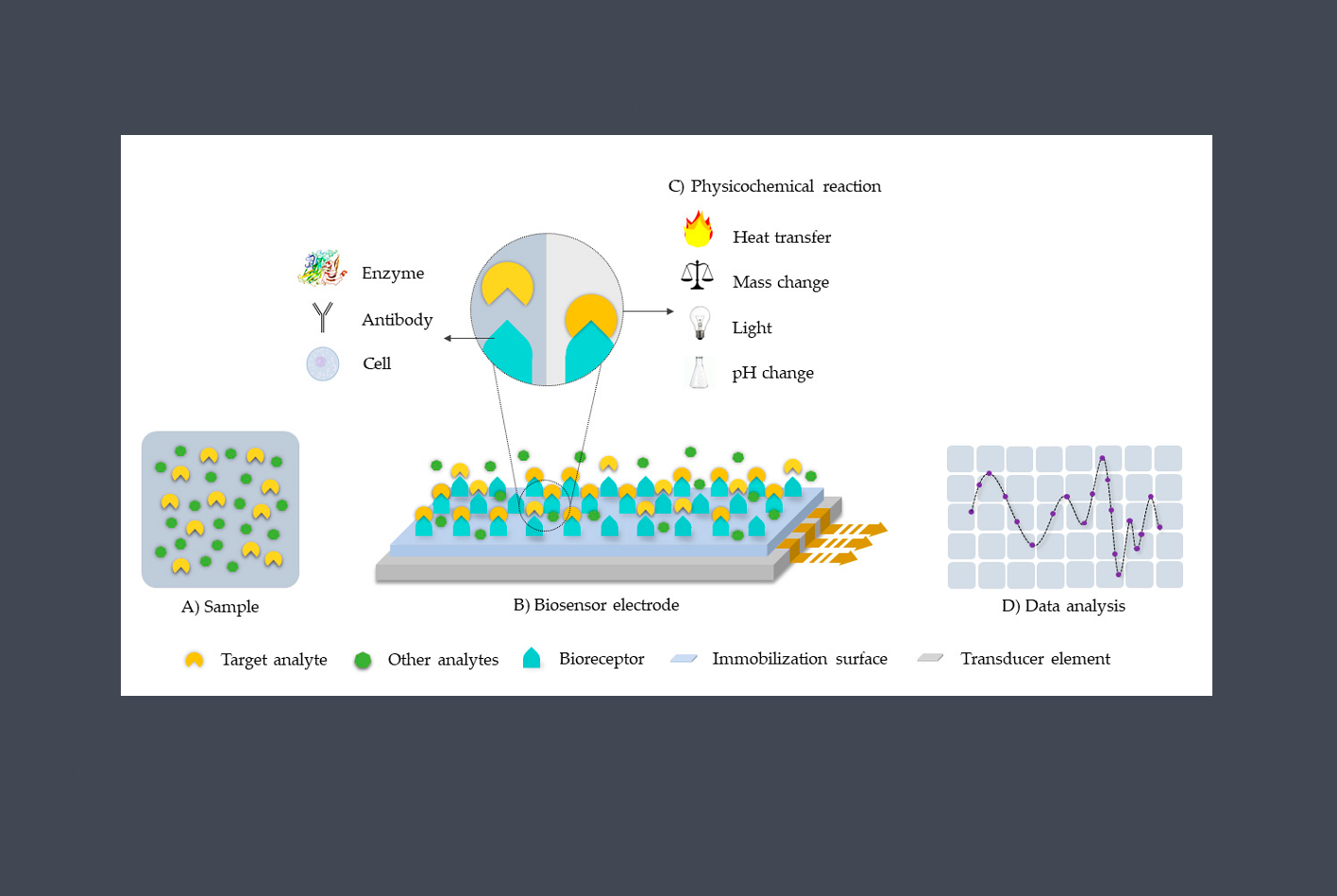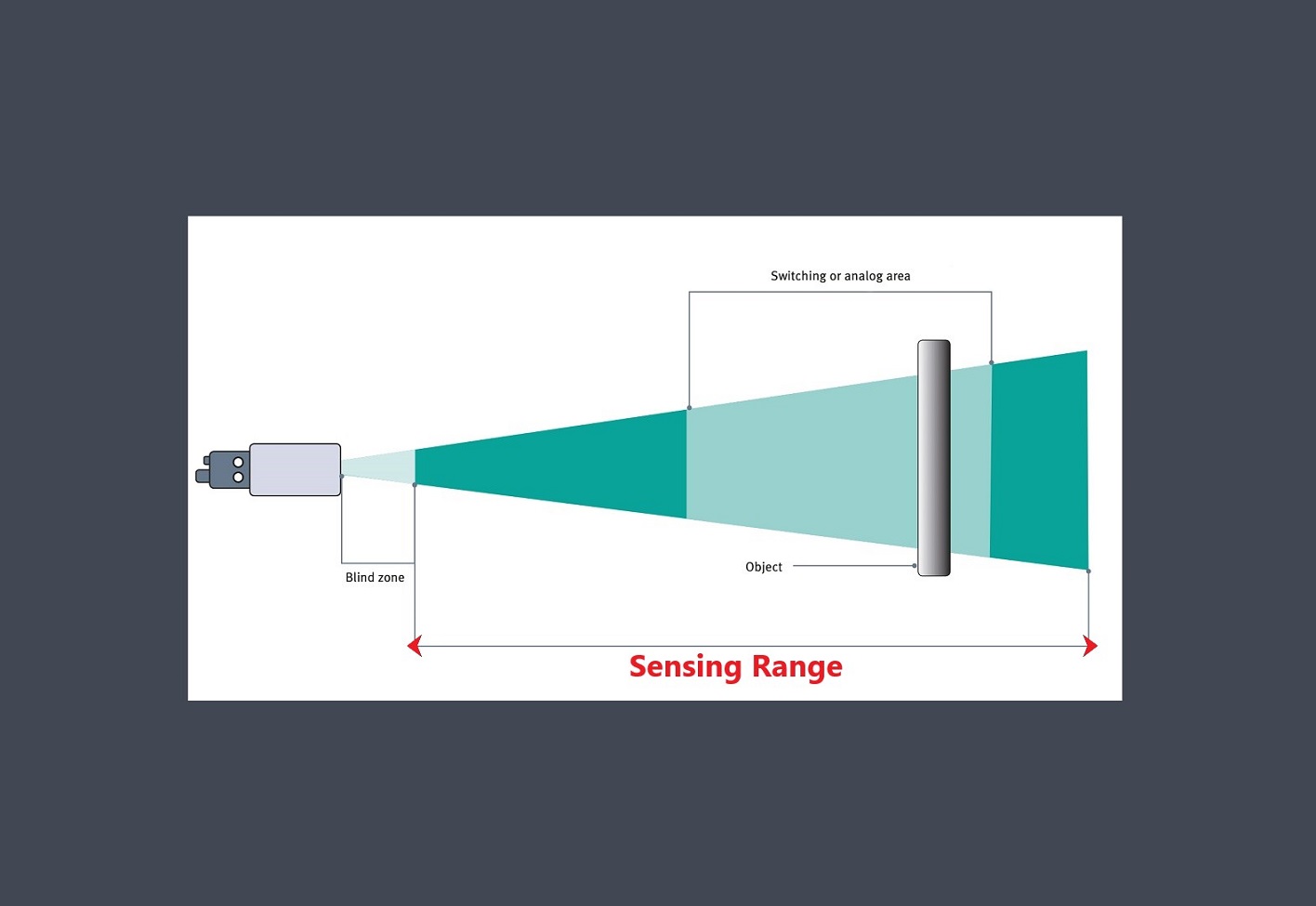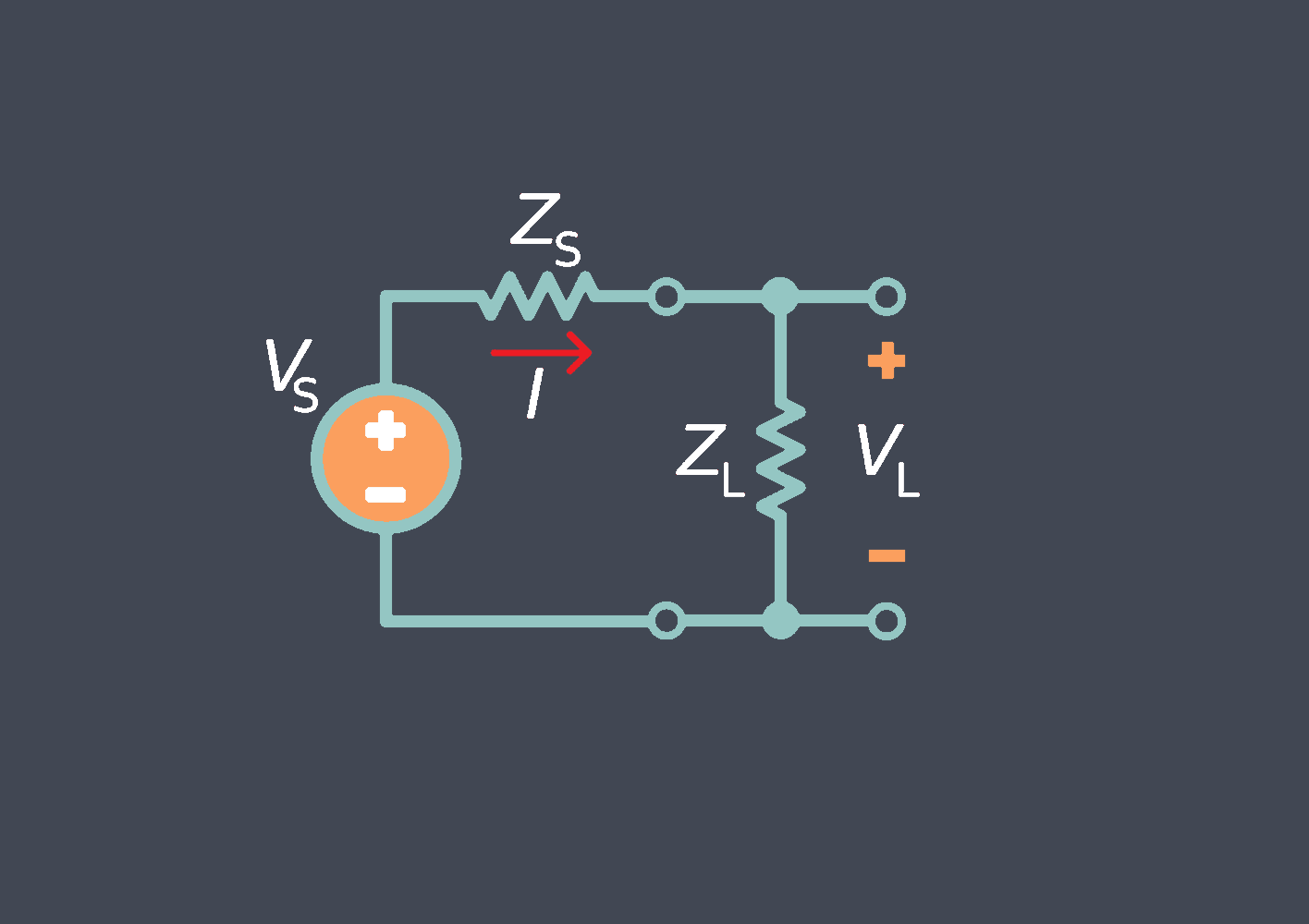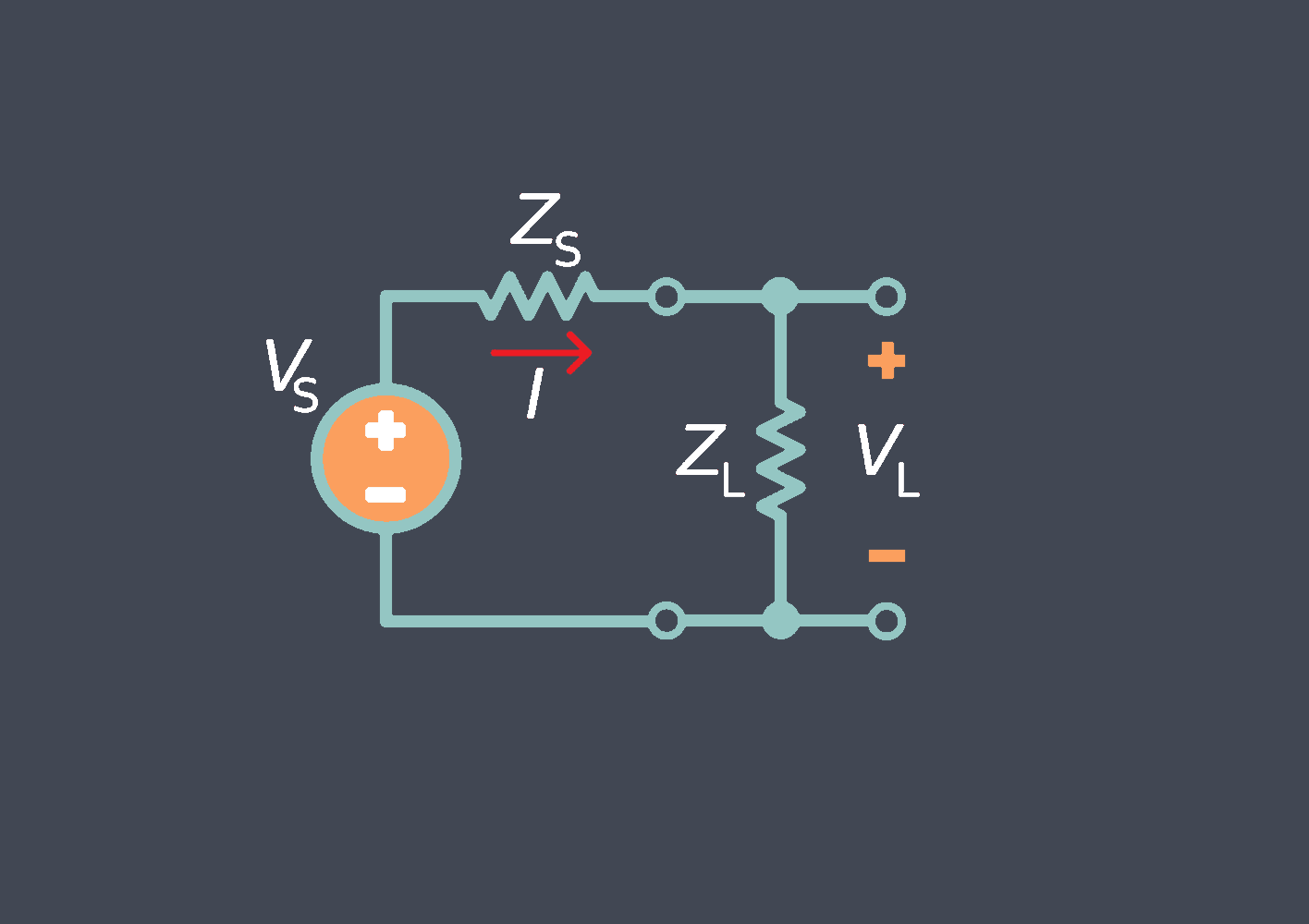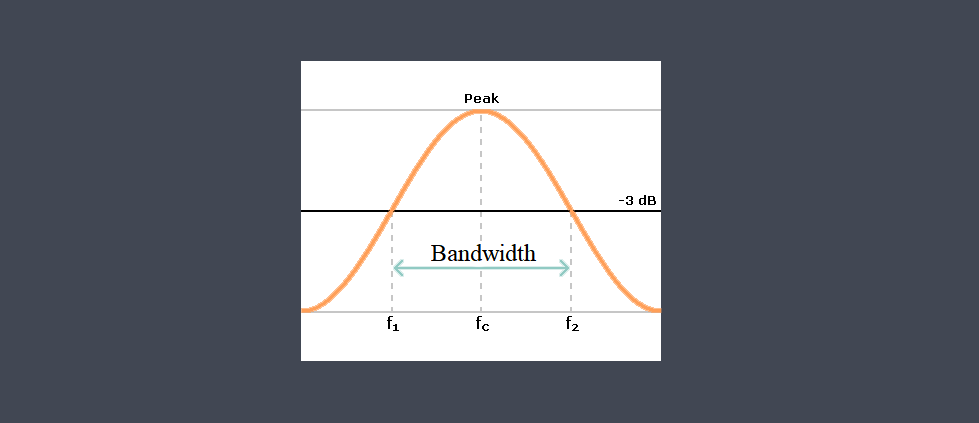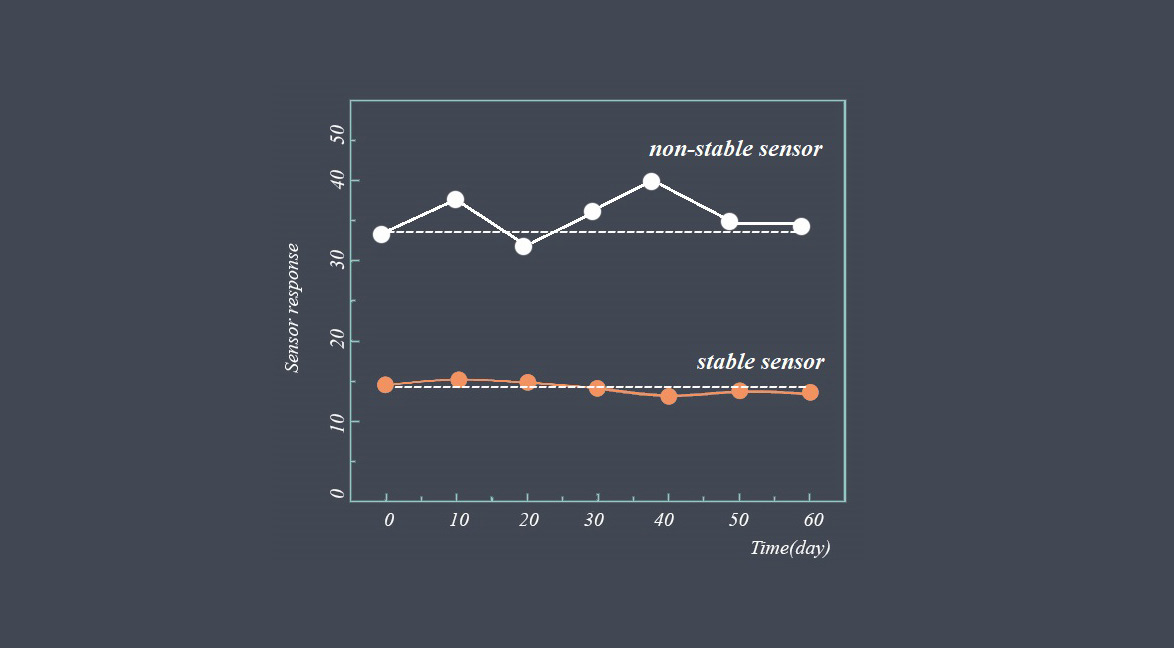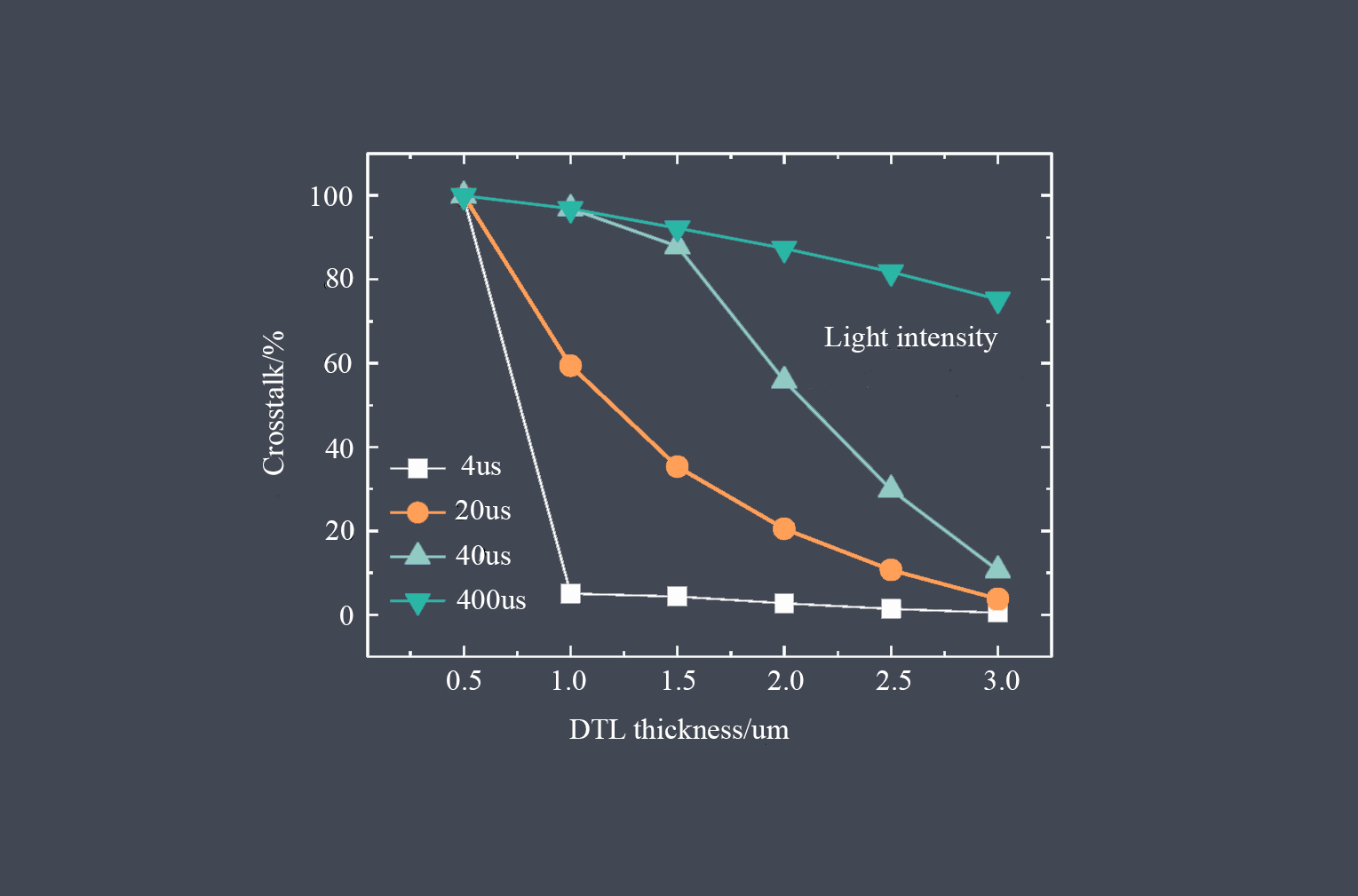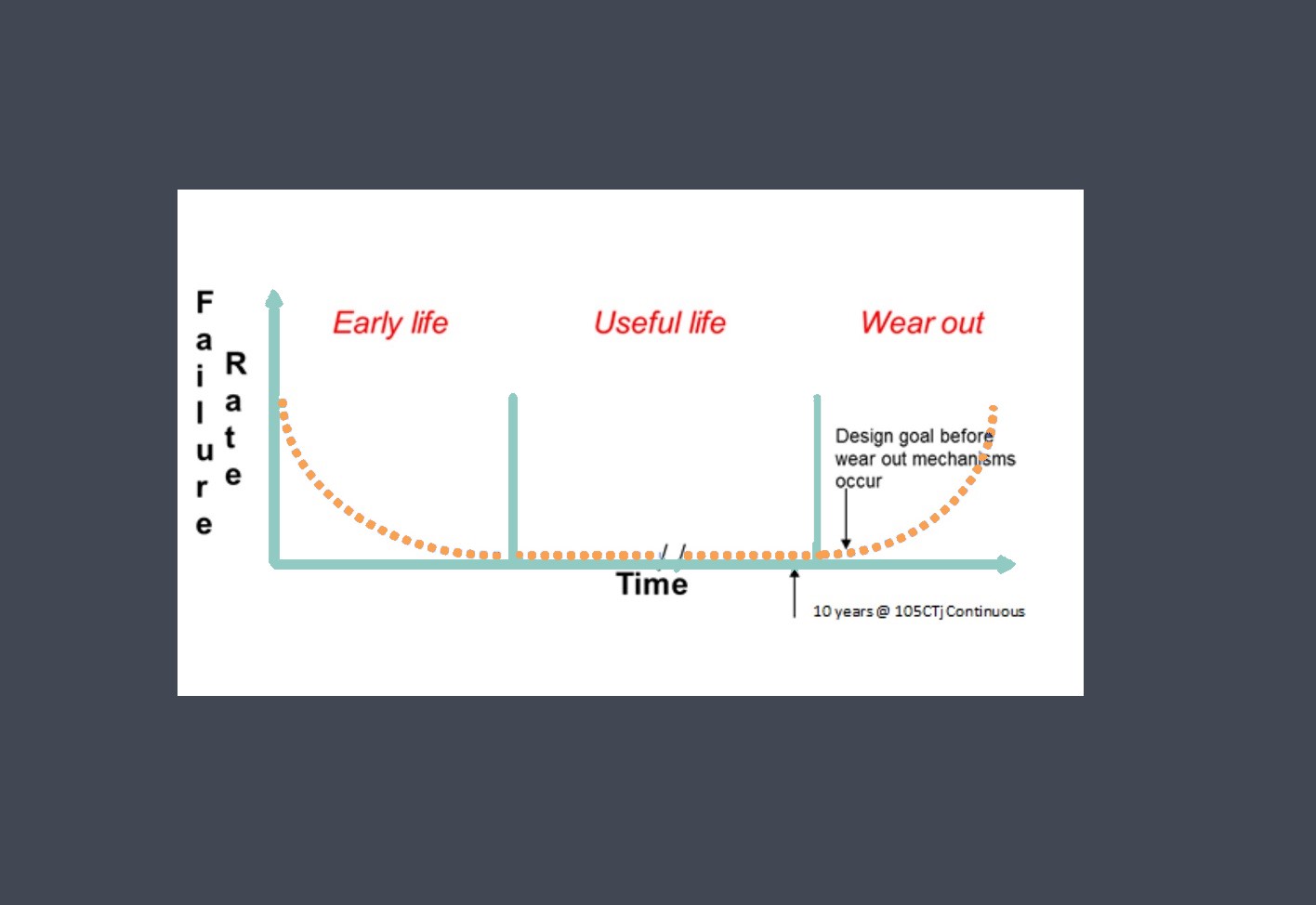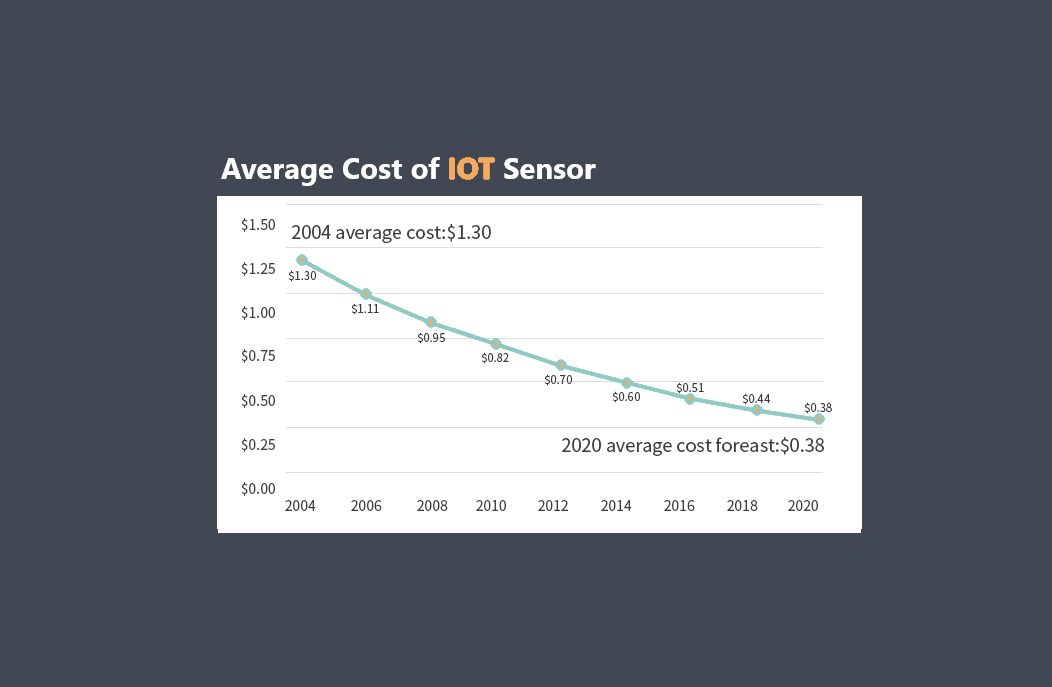
Cross-sensitivity refers to the degree to which the output signal of a sensor is affected by environmental factors or parameters other than the intended input signal. These factors can include temperature, humidity, pressure, magnetic fields, or vibrations. Cross-sensitivity can cause interference or distortion in the sensor’s measurements, leading to inaccuracies.
Sensor cross-sensitivity refers to the phenomenon where a sensor responds to multiple stimuli or environmental factors, not just the one it is designed to measure. In other words, it exhibits a response to a parameter other than the one it is intended to measure, leading to inaccuracies or errors in the measurement.
Cross-sensitivity can arise due to various reasons, including the physical and chemical properties of the sensor materials, the sensor’s design, and the operating conditions.
For example, Sensors can be sensitive to environmental conditions such as temperature, humidity, pressure, or electromagnetic interference. These factors can affect the sensor’s output and introduce cross-sensitivity. For example, a temperature sensor may also exhibit a response to humidity changes.
As another example we can talk about some Gas sensors, such as those used to detect specific gases like carbon monoxide (CO) or nitrogen dioxide (NO2), can sometimes respond to other gases present in the environment. This cross-sensitivity can lead to false readings. For instance, an NO2 sensor may also respond to ozone (O3) or sulfur dioxide (SO2).


Cross-Sensitivity Evaluation
Manufacturers typically evaluate and quantify cross-sensitivity during the sensor development process. They expose the sensor to known interfering substances or environmental conditions and measure its response. By comparing the sensor’s output to a reference measurement or calibration standard, they can determine the extent of cross-sensitivity and incorporate appropriate compensation techniques.
Cross-Sensitivity Compensation Techniques
To mitigate cross-sensitivity, sensor manufacturers employ various techniques, such as sensor calibration, signal processing algorithms, and sensor design improvements.
Calibration
Sensor calibration involves establishing a relationship between the sensor’s output and the target parameter under different conditions. Calibration curves or algorithms are used to compensate for cross-sensitivity effects and improve measurement accuracy.
Signal Processing
Signal processing techniques, such as digital filtering, can help reduce the impact of unwanted signals or noise caused by cross-sensitivity. Filtering algorithms can isolate the desired signal from the undesired components, enhancing the accuracy of the measurement.
Sensor Fusion
In some cases, combining data from multiple sensors with complementary properties can improve accuracy and overcome cross-sensitivity limitations. Sensor fusion techniques integrate information from different sensors to obtain a more comprehensive and accurate measurement.
It’s important to note that the extent and significance of cross-sensitivity vary depending on the specific sensor type, design, and application. Therefore, understanding and accounting for cross-sensitivity is crucial for accurate and reliable sensor measurements.

